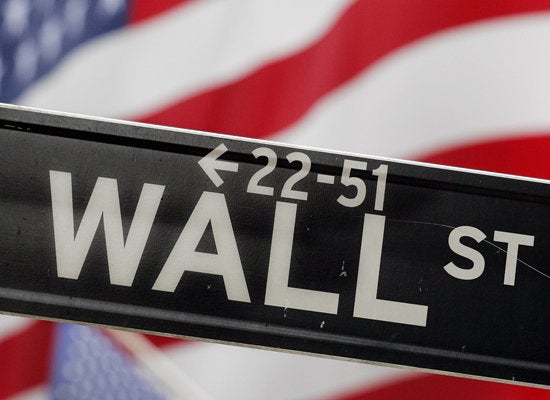
"Be careful."
"Keep your wallet safe."
"Don't get your money stolen."
"Stay out of dangerous neighborhoods."
My parents used to say that to me when I was first going out on my own. I never got the definition of what a "dangerous neighborhood" was - you were just supposed to know. It was a place where people preyed on you. Predators, like jackals circling, waiting to pounce, ready to take your hard earned money from you. That's what happens in dangerous neighborhoods. That's why you should stay away from places like that.
As I got older, I wondered what exactly is a "dangerous neighborhood"? Most of us grew up assuming it was an area where poor people lived, people who didn't dress well, didn't have nice homes, didn't have nice cars, didn't have any interest in working for a living. People who just take and assume they'll never get caught or even worse, don't care if they do. However, that is a highly subjective criteria. How does one quantify that and determine the kind of place where you will most likely be separated from your money?
The Federal Bureau of Investigation provides statistics that may help us gain insight into where and how you are most likely to have your money stolen.
The FBI defines robbery as the taking of anything of value from a person by force or threat of violence. Robberies cost victims an estimated $588 million in 2007.
The FBI defines larceny-theft as the stealing of any property or article that is not taken by force or by fraud. In 2007 there were an estimated 6.6 million larceny-thefts, costing victims an estimated $5.8 billion dollars.
Securities fraud refers to deceptive practices in the stock and commodity markets including Ponzi schemes, high yield investment and hedge fund fraud and just about any way it is possible to lie about the promise of big returns on a variety of investment instruments. In 2006, the most recent year a total was listed, the FBI estimated losses at $40 billion.
Corporate fraud cases involve accounting schemes designed to deceptively manipulate the stock price so the value of a corporation remains artificially inflated based on fictitious performance indicators. In addition to significant financial losses, corporate fraud can cause substantial damage to the U.S. economy and investor confidence.
On July 9, 2002, President George W. Bush created the Corporate Fraud Task Force. The Task Force was formed in response to a number of high-profile acts of fraud and dishonesty that occurred in corporate executive suites and boardrooms across the country. The brunt of these schemes was borne by innocent corporate employees, pensioners, and investors--whose futures and fortunes were harmed, and at times, even shattered, by corporate leaders they trusted with their savings.
Since 2002, the President's Corporate Fraud Task Force has worked hard to hold wrongdoers responsible and to restore an atmosphere of accountability and integrity within corporations across the country. [The Task Force] has encouraged corporate transparency and self-regulation. ("The Corporate Fraud Task Force" 2008 report)
How has that self-regulation worked out? Not so well. From 2001 to 2007, corporate, securities and investment fraud cases, have increased of 37%.
Bernard Madoff's alleged Ponzi scheme totaled $50 billon - that is more than the combined FBI total for all the robberies, theft and securities fraud reported in 2007.
Javier Cremades, president of law firm Cremades & Calvo-Sotelo, announced at a news conference in Madrid: "Our calculations are that at least three million people were affected by the Madoff affair." The estimate is based on information collected from over 30 law firms around the world that are representing the 2,900 people or institutions in 25 nations which have so far taken legal action relating to Madoff. And that's just Madoff.
The list of newly uncovered con men continues to grow: Allen Stanford, chairman of the Texas based Stanford Financial Group was charged with an $8 billion fraud. New Jersey fund manager, James Nicholson, was arrested last week in another alleged scheme that could total up to $900 million. Money managers Paul Greenwood and Stephen Walsh have bilked investors for $667 million. Arthur Nadel, a Florida hedge fund manager, is alleged to have defrauded investors out of up to $350 million, and lawyer Mark Dreier, is charged with stealing $400 million in a hedge fund scam.
What do the numbers tell us in terms of where the place is that you are most likely to have your money taken? It's not the people in poor neighborhoods, who live in run down homes and have older cars who are most likely to steal your money. The greatest and most far reaching financial damage is perpetrated by people who reside in wealthy neighborhoods, live in mansions, drive expensive cars and think they will never get caught or in Madoff's case, don't seem to care. They do their business in the most dangerous neighborhood in the United States, Wall Street. And you were afraid that some stranger in a bad neighborhood would take your wallet?